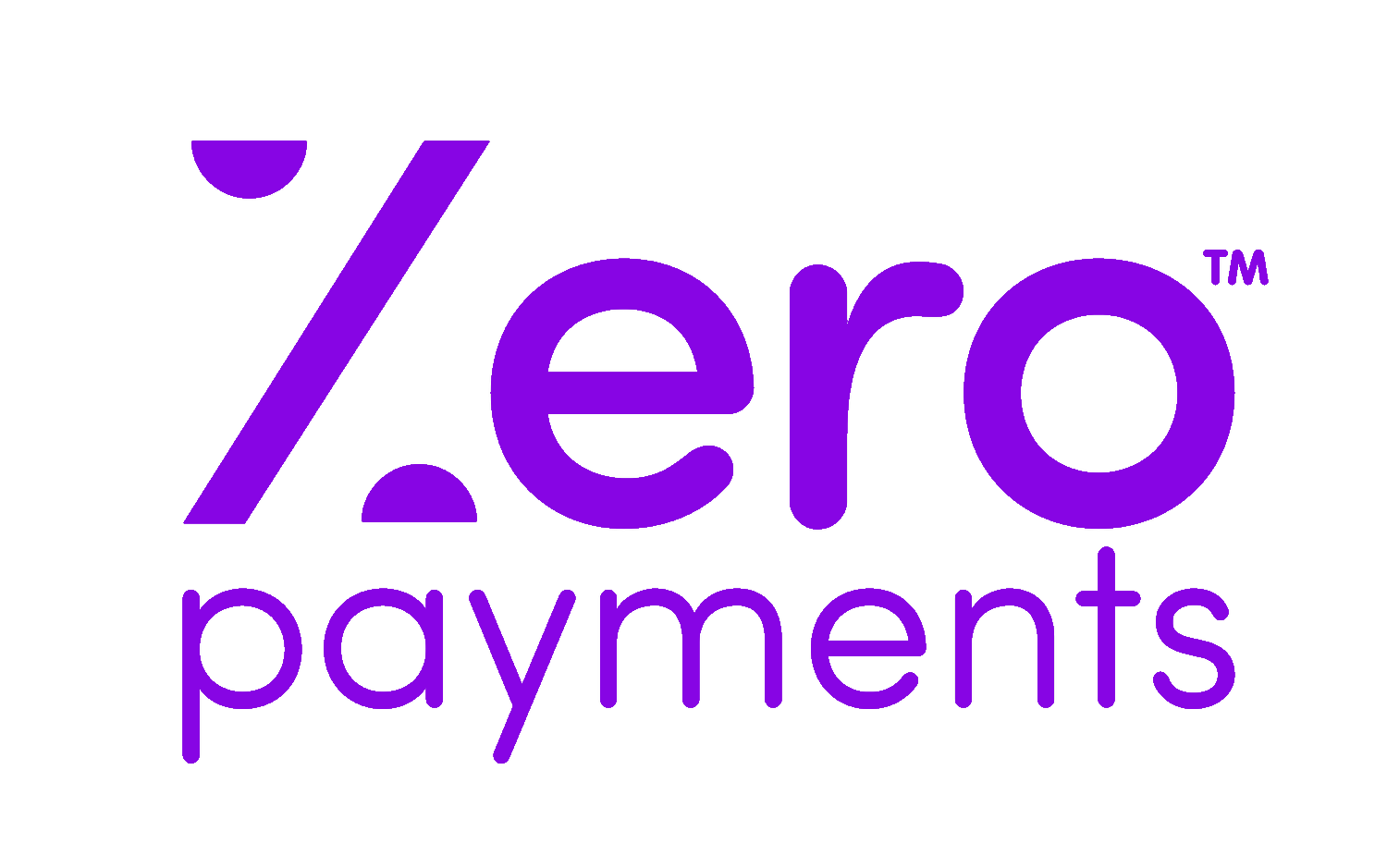Factors that determine the cost of your merchant fees
Type of business
Some business categories MCC (merchant category code) qualify for lower rates.
How you accept the card payments
In-person transactions cost less than online, mail or telephone order transactions (MOTO) because there is a lower risk of fraud.
The higher your monthly volume, the more negotiating power you have and generally lower the overall average cost per transaction.
Type of Card
Average Transaction Size
The value of the transaction for debit cards will impact the average transaction cost.
Different cards have different interchange and scheme fees. Business cards, international cards, premium rewards cards, and American Express cards will all be more expensive than standard cards. Debit cards will typically be the least expensive.
Monthly Transaction Volume
If you need additional services, like integration with your POS software and mail or telephone order (MOTO) you may have to pay additional fees.
Features required
This is the main negotiable price point with your acquirer, but it is only a small percentage of your overall cost.
Merchant Service Fee
For some businesses, these are fees that acquirers and banks use to increase their profits without providing the merchant with anything extra.
Junk fees
Surcharging Information
It covers the cost of processing card payments either in-person or online
The merchant can only charge what it costs to accept the payment
This amount is commonly known as the Cost of Acceptance (COA)
A surcharge or on-charge fee is a fee that you can pass on to your customers
Why Surcharge?
to reduce the cost of accepting payments
The Reserve Bank of Australia (RBA) introduced card payment regulations that limit the amount merchants can surcharge for card transactions.
Surcharging Rules
Merchants can surcharge customers (who pay by card) up to the Cost of Acceptance for that card type
You can find this information on your monthly merchant statements via the online portal
Merchants can add the surcharge to the total transaction at the point of sale
How much can a merchant surcharge?
Your Cost of Acceptance is the amount it costs a merchant to accept a payment from a card. It's calculated for each card type:
American Express
Mastercard (credit and debit/prepaid cards)
Visa (credit and debit/prepaid cards)
Alipay and Union Pay
Diners Club
EFTPOS
What is a Cost of Acceptance?
How is COA calculated and what can I include?
Your Cost of Acceptance is calculated over a specific time period; either monthly or yearly. The calculation includes costs such as your monthly merchant fees, bank interchange fees, card scheme fees and terminal rental fees.
Merchants can include other costs in their COA including:
Fraud prevention services
Payment gateway fees
Insurance cost against forward delivery risk
All costs must be able to be verified by official documents i.e statements, invoices or contracts. These costs may be added to the COA information provided by your acquirer when determining your allowable surcharge rate(s).
What about other Fees?
Merchants can’t include any of their own internal costs when calculating your COA (for example, wages or electricity.
What should I surcharge if I’m a new merchant?
Zero solution will provide a reporting tool that will calculate COA information even for new merchants.
Zero will review this after 3 months to ensure that it is deemed reasonable i.e. a rate no higher than what it costs you to process a transaction.
Your Cost of Acceptance is calculated per MID (merchant ID)
If you own a franchise or have multiple stores, you can average the surcharge rate across your stores per card type, so long as all stores are under the same legal entity i.e. ABN
Merchants cannot average the COA per individual merchant ID (MID) and surcharge using the average of all card types
I have multiple businesses at different locations. What can I surcharge?
What if I don’t want to on-charge fees?
Merchants have the choice to on-charge the COA fee to your customer. Merchants who decide to surcharge need to make sure they follow the rules by not surcharging more than it costs you to process card transactions.
Our surcharge tool is built-in to calculate this for you. This allows businesses that are seasonal or who have transactions changing from month to month, to be able to change your surcharge limit on a monthly basis using the tool.
How do I determine to determine my surcharge rate?
What happens if my card surcharge(s) doesn't reflect my Cost of Acceptance?
The Australian Competition and Consumer Commission (ACCC) may take action against any merchant whose card surcharge exceeds its Cost of Acceptance. For more information visit the Payments System Regulation page at www.rba.gov.au
Merchants can on-charge a surcharge as a flat or fixed fee. When surcharging with a flat or fixed fee, merchants must make sure the amount of the surcharge doesn't exceed their Cost of Acceptance for any given transaction.
Can I surcharge at a flat % rate?
Debit transactions are processed when the card holder uses an EFTPOS key card or Scheme debit card and selects CHQ or SAV
Credit transactions are processed when the card holder selects credit on the terminal and usually when cards are tapped
